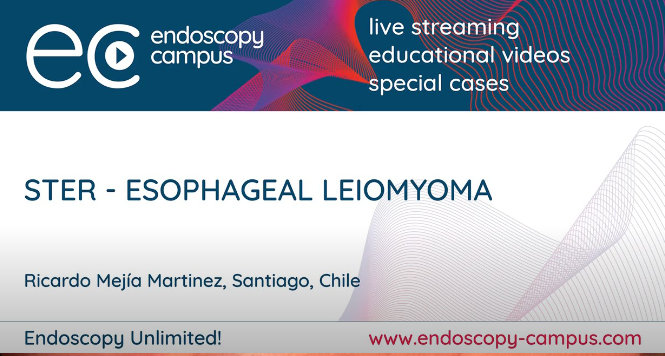Nonendoscopic Detection of Barrett’s Esophagus Using Methylated DNA Markers
Prateek Sharma, MD, FASGE, reviewing Iyer PG, et al. Gastrointest Endosc 2021 Apr 12.
Currently, an upper GI endoscopy with biopsies of the columnar-lined distal esophagus is necessary to diagnose Barrett’s esophagus (BE). Easier, noninvasive, nonendoscopy-based testing techniques have been identified for this precancerous condition. This prospective case-control study evaluated the performance of methylated DNA markers (MDMs) for detecting BE from mucosal cells obtained by a swallowed device.
Subjects with and without BE (cases vs controls) swallowed a sponge-on-string (SOS) device that was withdrawn after 8 minutes of ingestion. The cells from the sponge were collected, and DNA was extracted and evaluated for a panel of MDMs (ZNF568, BMP3, NDRG4, VAV3, ZNF682). The study included 199 subjects (110 cases: 83% male, mean age of 62 years, and 89 controls: 47% male, mean age of 60 years) in a training set to calibrate the MDM panel and, thereafter, 60 cases (83% male, mean age of 65 years) and 29 controls (48% male, mean age of 62 years) in a test set to evaluate the MDM panel against the current gold standard (upper endoscopy and biopsy).
The sensitivity, specificity, and area under the curve (AUC) were 93%, 90%, and 96%, respectively, for the training set and 93%, 93%, and 97%, respectively, for the test set. At a prespecified specificity of 90% in the test set, the 5-MDM panel showed a sensitivity of 94%, 96%, and 86% to 100% for the detection of nondysplastic BE, any BE dysplasia, and BE neoplasia (high-grade dysplasia or early esophageal adenocarcinoma). The authors performed a 3-panel MDM (10 possible combinations of 3 MDMs) as well, and the specificity, sensitivity, and AUC were 92% to 93%, 89% to 92%, and 95% to 97%, respectively. The patients rated the tolerability of the SOS device-based procedure at a mean score of 2.2 (score range 0-10), and no major complications were noted.

COMMENTThe performance of MDMs in BE detection is reasonably good and provides impetus to the pursuit of nonendoscopic techniques for diagnosing BE. It certainly could have a role in improving accessibility to screening of at-risk individuals; however, we need better data on this high-risk population and real-world data.
Note to readers: At the time we reviewed this paper, its publisher noted that it was not in final form and that subsequent changes might be made.
CITATION(S)
Iyer PG, Taylor WR, Slettedahl SW, et al. Validation of a methylated DNA marker panel for the nonendoscopic detection of Barrett’s esophagus in a multi-site case-control study. Gastrointest Endosc 2021 Apr 12. (Epub ahead of print) (https://doi.org/10.1016/j.gie.2021.03.937)


